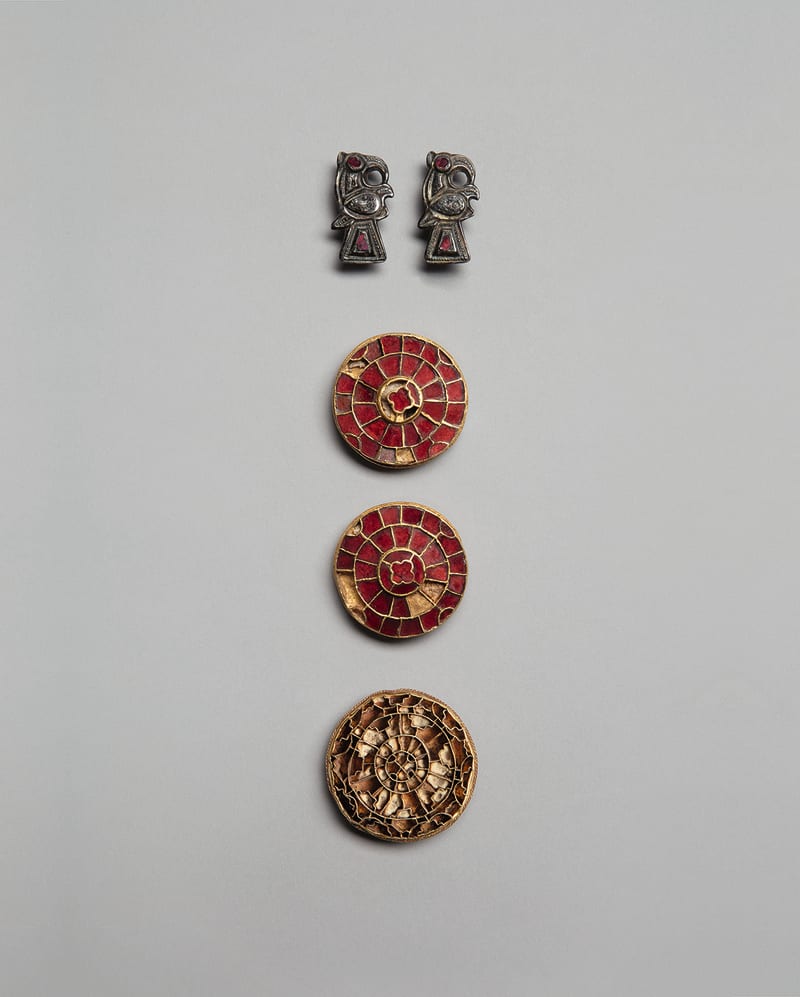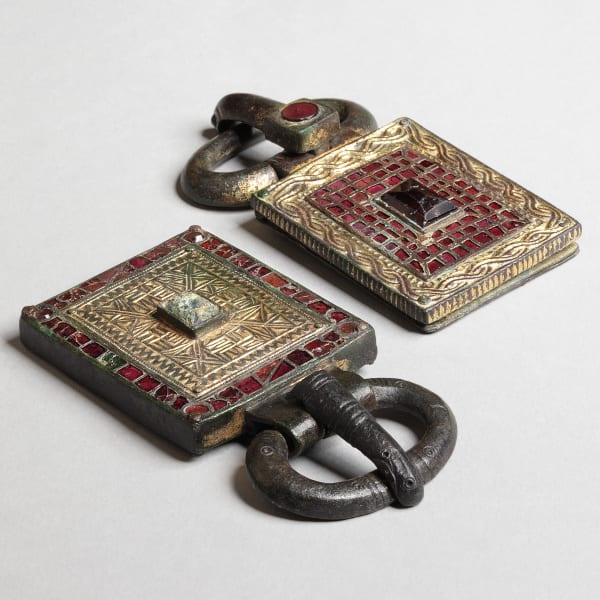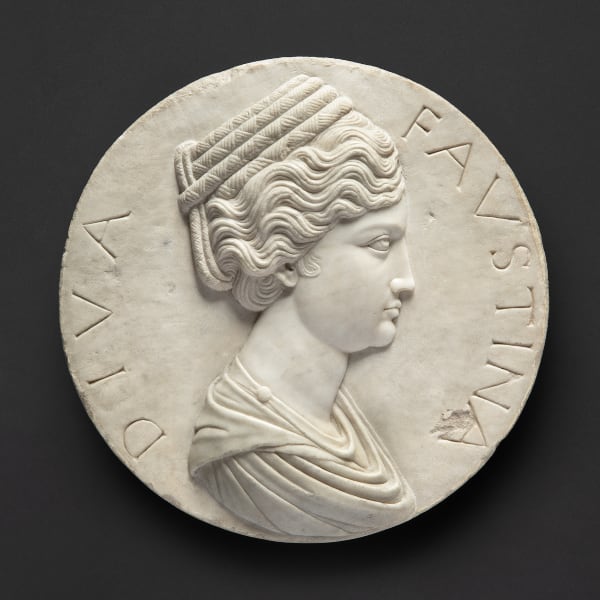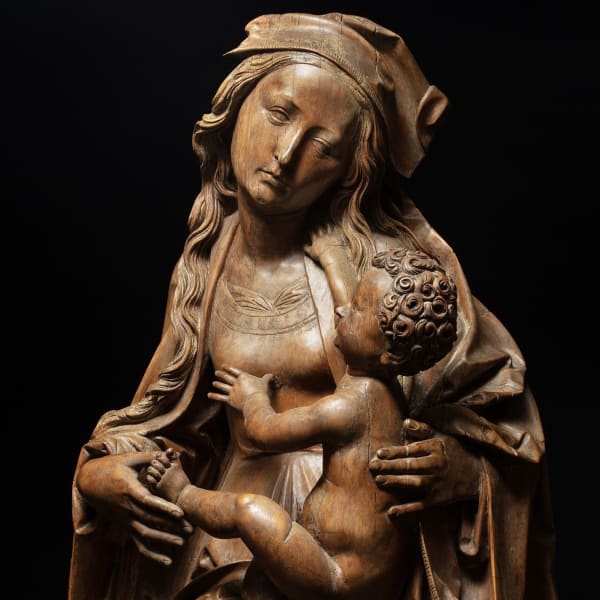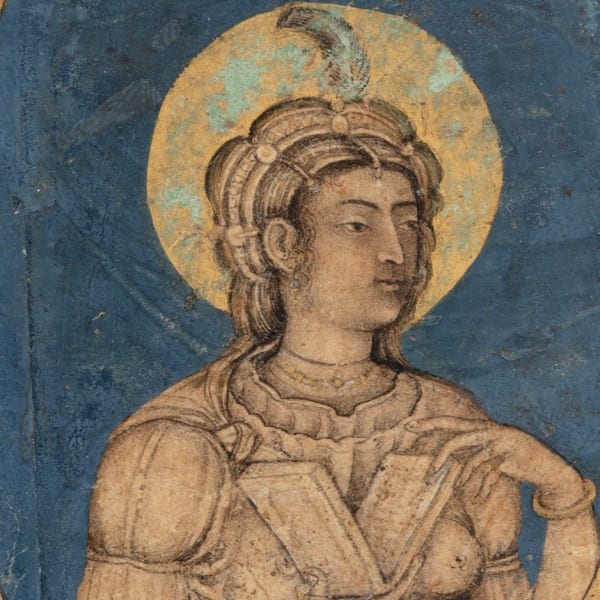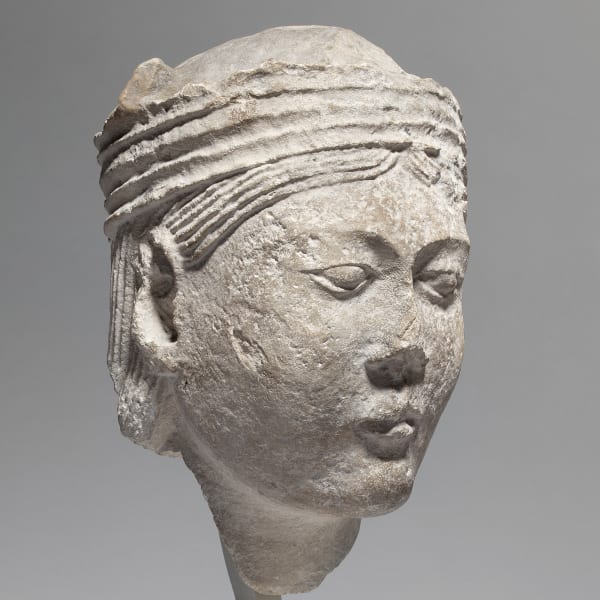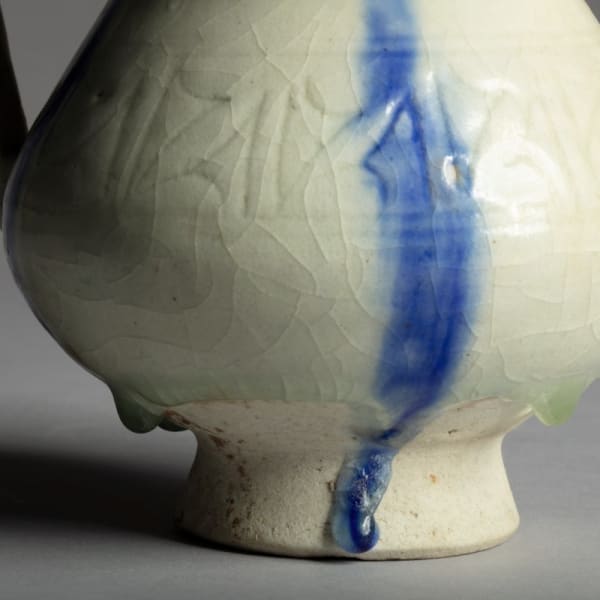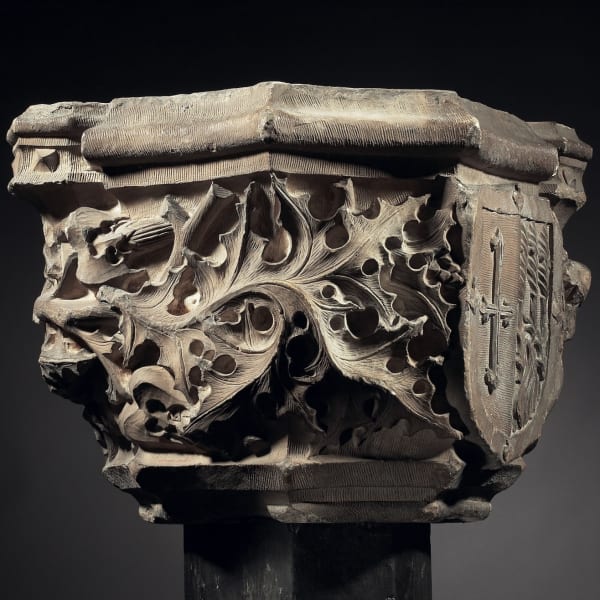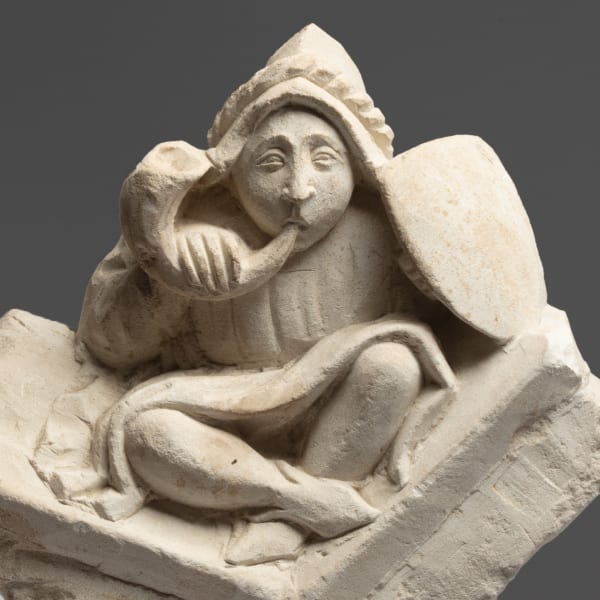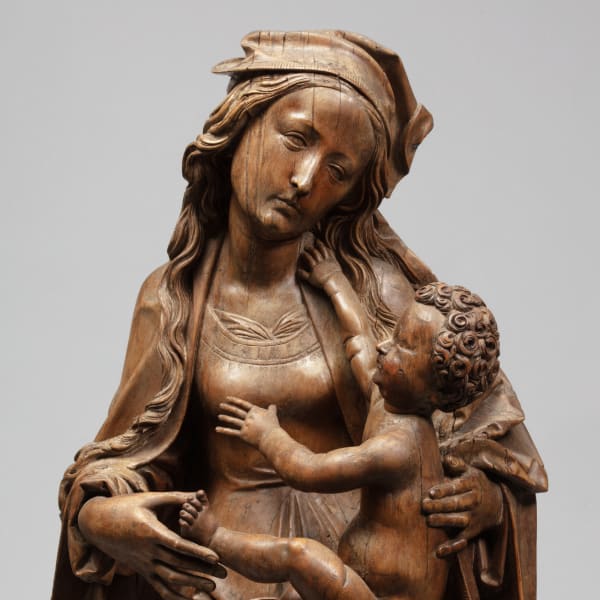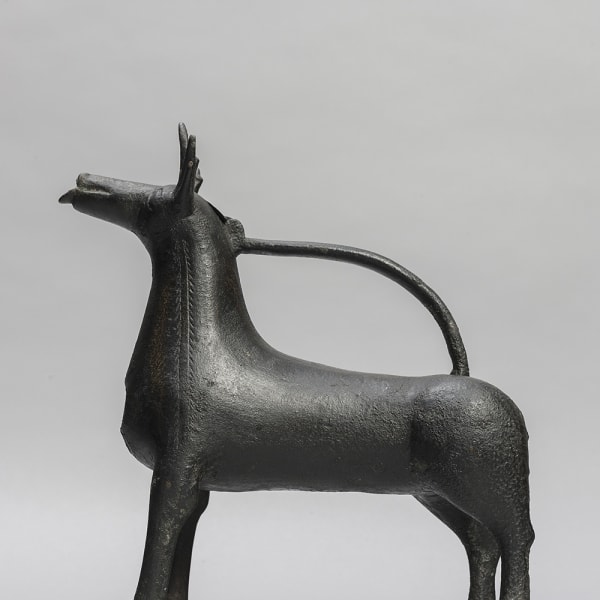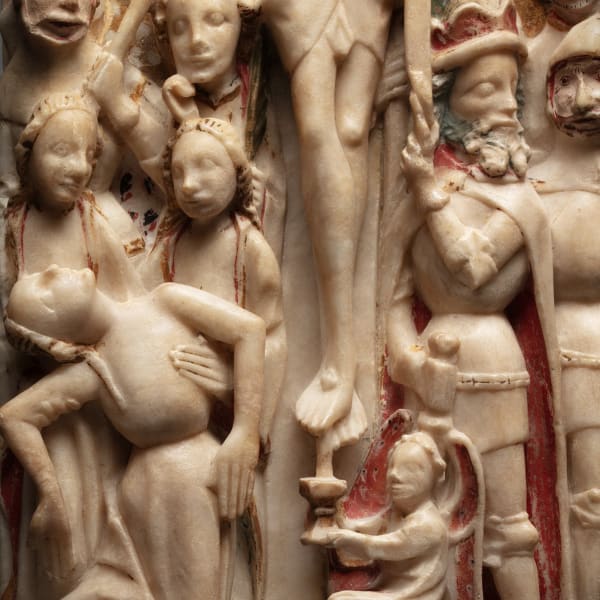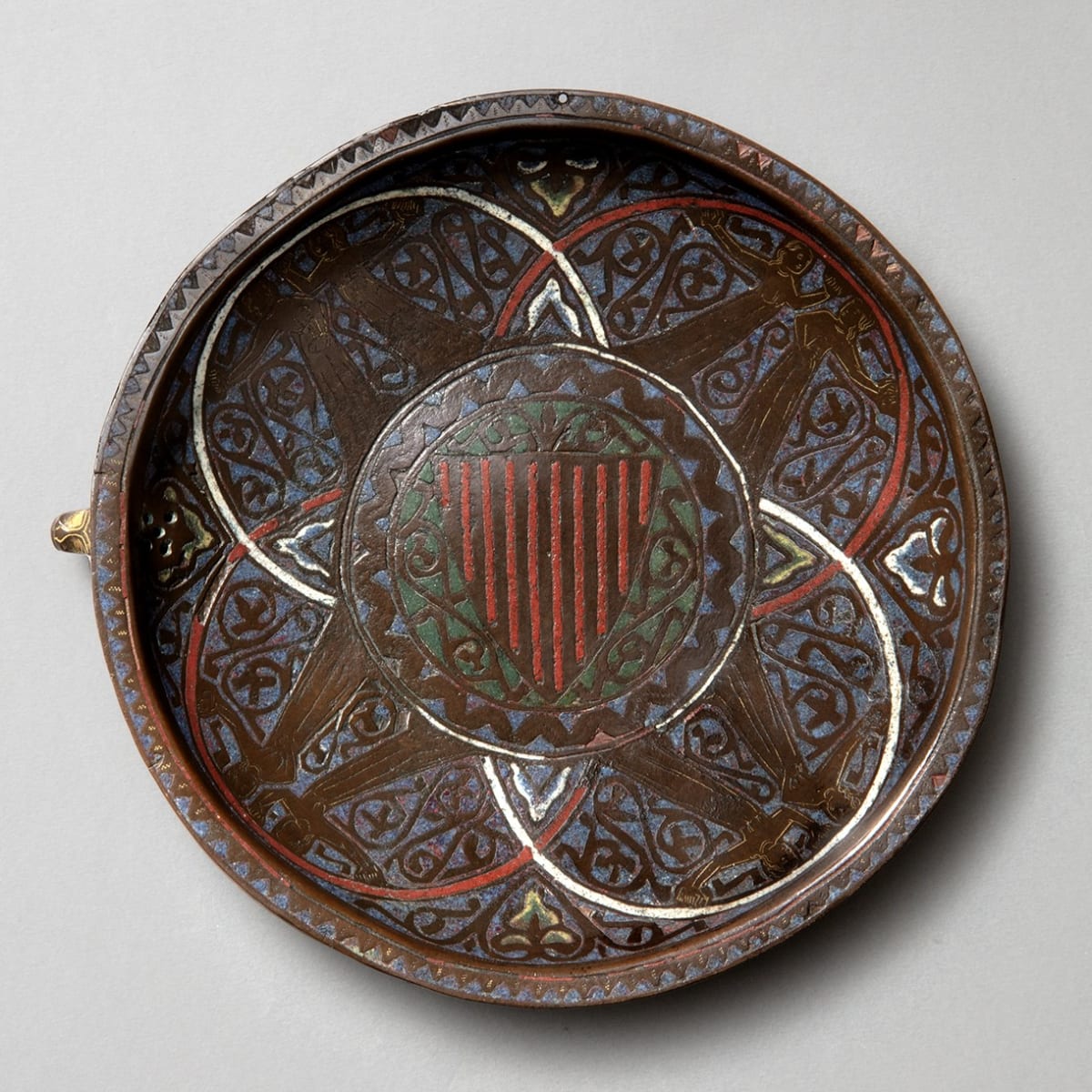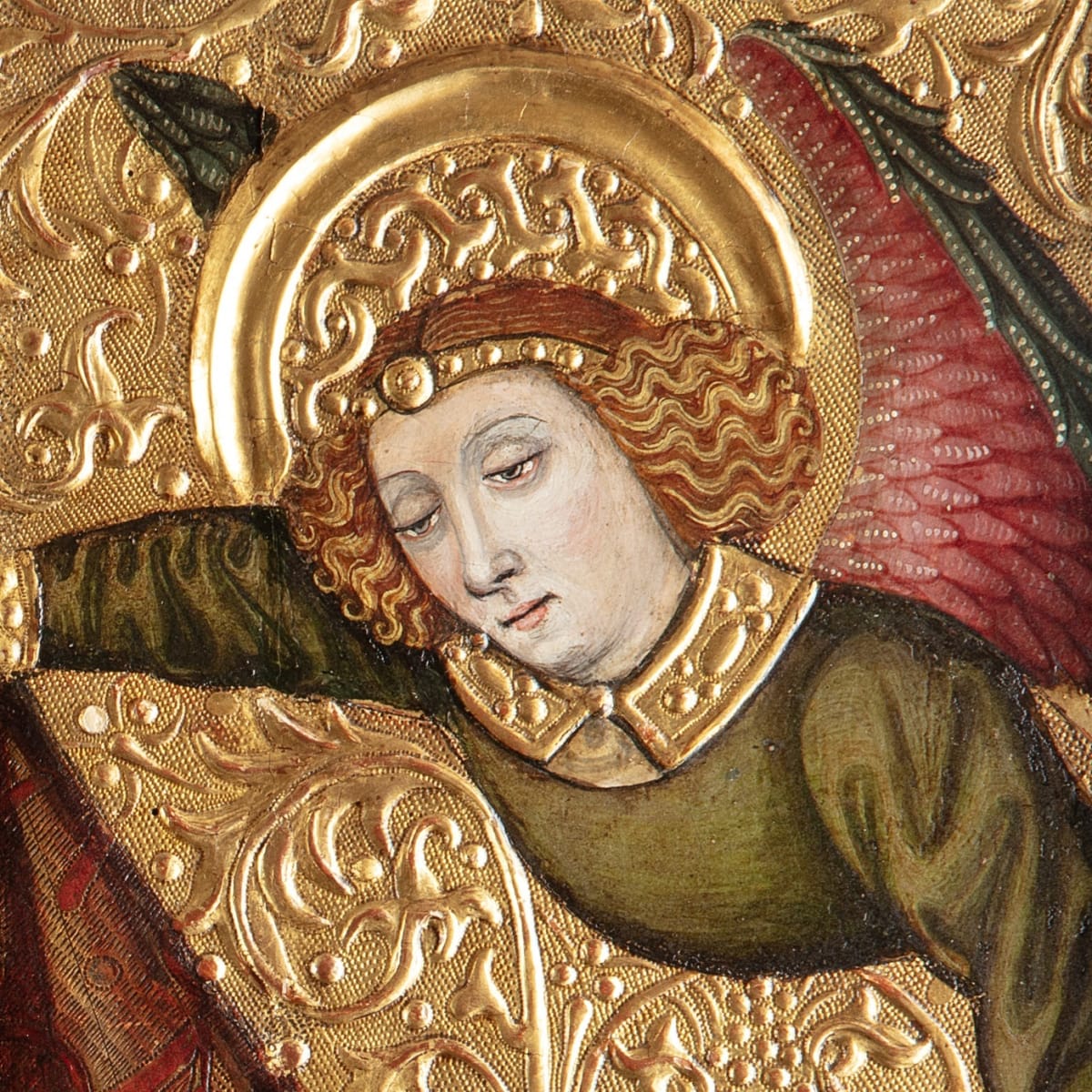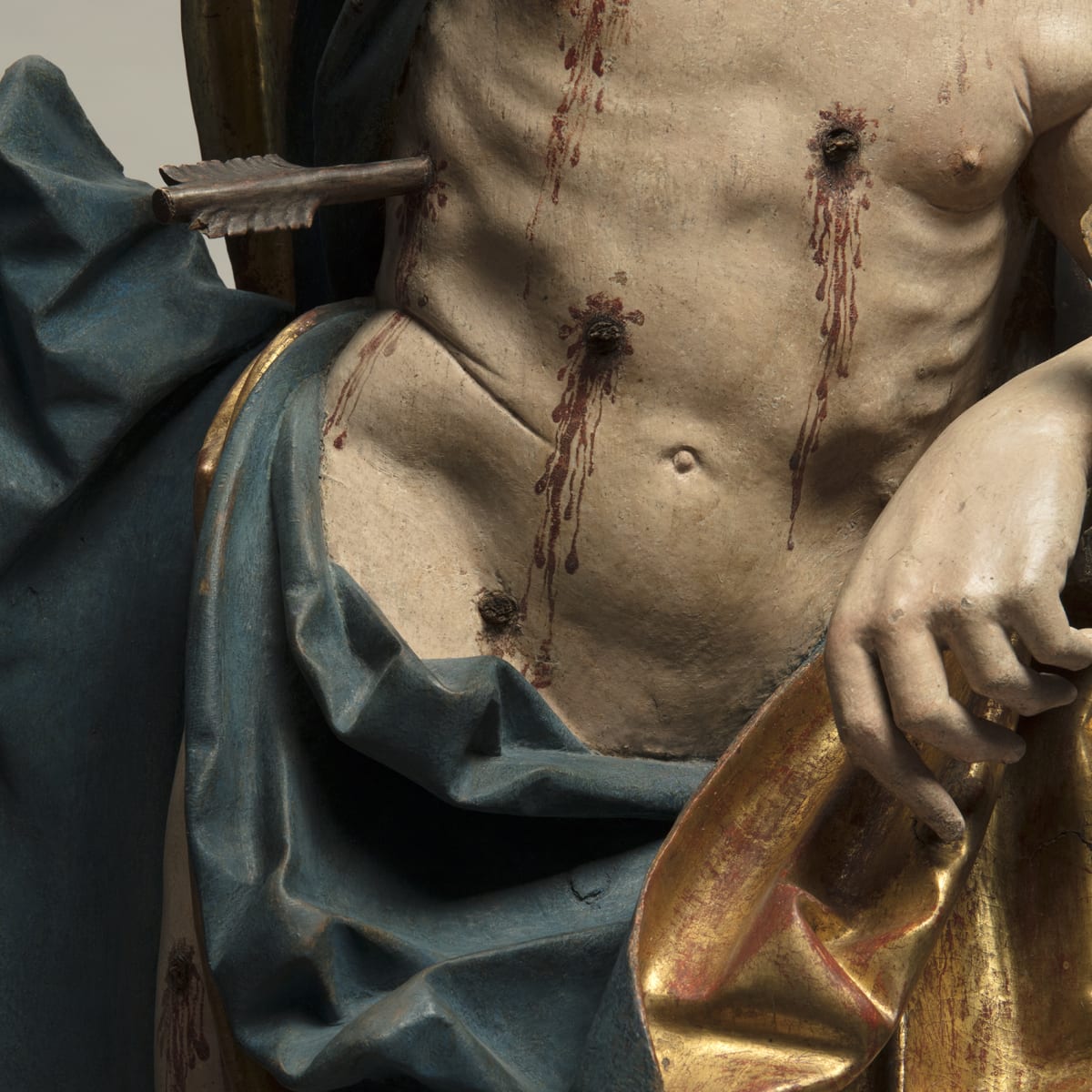
According to medieval thinkers, there was an important duality that existed in every human being – the body and the soul. The body was thought to be flesh, mortal, and corrupt, while the soul was immaterial, perpetual, and linked to God. Some female mystics of the Middle Ages, however, dismissed the separation of body and soul. They viewed the body as an instrument, with which to express the condition of the soul, thus rejecting the notion that the body should be associated exclusively with sin and corruption. Disagreements raged with the body a battleground. The intimate connection between the body and the soul, whether in life or in death, led to the worship of saints’ body parts, which were enshrined in lavish reliquaries and chapels in order to underscore their divinity. The churches that housed these sacred bodies were also described with corporeal terms - their cruciform shape mirroring the crucified body of Christ and their interiors often described as the womb of the Virgin Mary.
In art, the medieval body was constantly in flux – trapped between idealism and disfigurement. While the early Middle Ages reserved representations of suffering bodies to the margins of their world, the later Middle Ages displayed wounded bodies in the most central spaces of public life. The crucified body of Christ, wounded and bleeding, assumed the most important position as it was displayed on altars, in processions and on the exteriors of churches. While seemingly gruesome to us today, these images communicated hope and redemption to the medieval viewer by visually linking the physical with the divine.
This exhibition draws on these references, bringing together a group of artworks that tell a unique story about the body as both a physical entity and a recognisable metaphor. Included is a monumental architectural drawing of a sacrament house, attributed to Lorenz Lechler and his workshop, which was designed to ostentatiously display and stage the transubstantiated body of Christ. The Martyrdom of Saint Sebastian by Jörg Lederer gives prominence to the late medieval trend of displaying a suffering human body at the altar, while the Man of Sorrows by the Master of the Holy Kinship communicates the duality of the self, representing a body both dead and alive, human and God. Spanning a period of a thousand years, these works bring us much closer to an understanding that the body in medieval art always had a purpose, despite our own assumptions about its profanity or sanctity.
531 W 24th St
New York, NY 10011
United States


